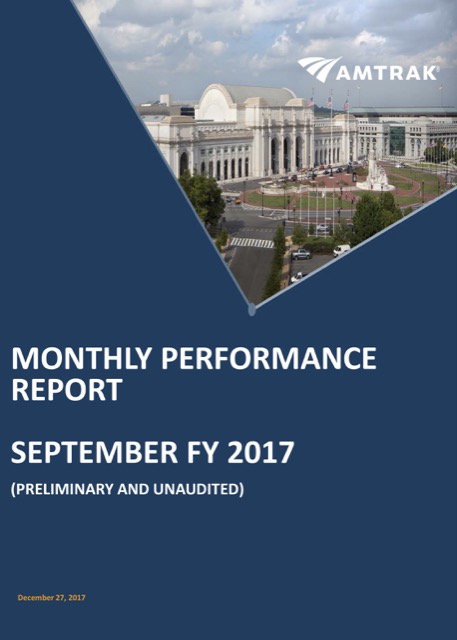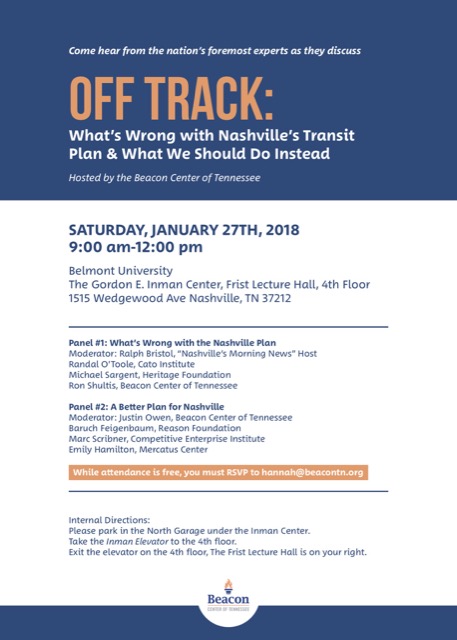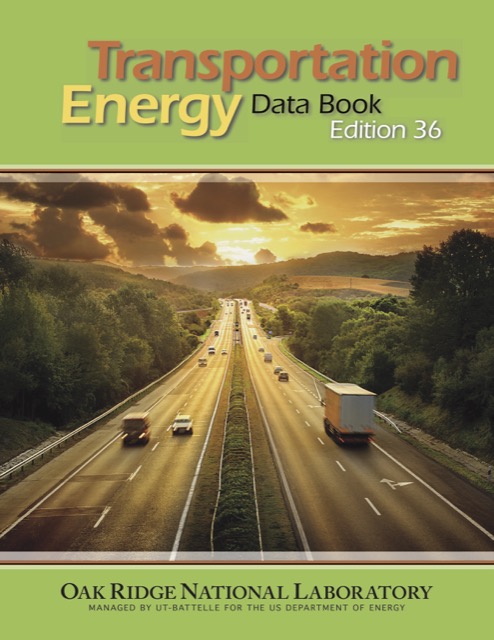Remember America’s crumbling infrastructure that supposedly needs trillions of dollars for maintenance and rehabilitation? President Trump doesn’t. Instead, the seven sentences in his state of the union speech that focused on infrastructure talked about building “gleaming new” projects rather than fixing existing systems.
The only real news is that he is upping the ante from $1.0 trillion to “at least $1.5 trillion.” More disturbingly, other than mentioning an “infrastructure deficit” — which could just as easily be interpreted to mean a shortage of new infrastructure as a deficit in maintenance — Trump said nothing about fixing existing infrastructure. Instead, he wants to “build gleaming new roads, bridges, highways, railways, and waterways.”
Why? We have plenty of railways. Though the railroads have trimmed the nation’s rail mileage by 45 percent since 1916, they move more freight than ever and seem to be quite capable of adding capacity where they need it without government help. High-speed trains, meanwhile, are pointless when we have planes that can go twice as fast and don’t require hundreds of billions of dollars of supporting infrastructure. Continue reading










